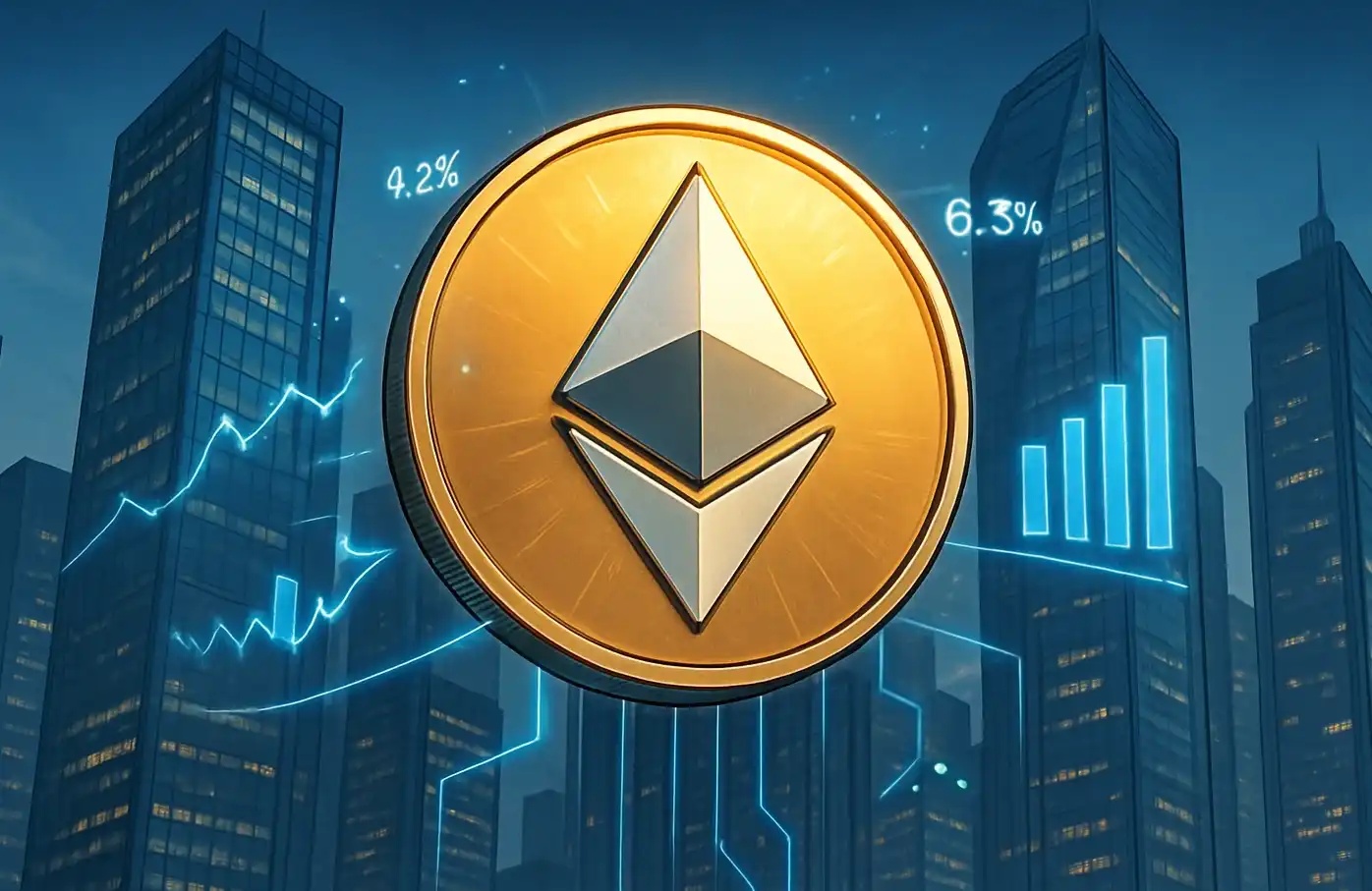Placeholder: From Solidity to Move Language
Editor's note:
The debate on the underlying programming language of blockchain rarely appeared in this round of bull market. On the one hand, there was no phenomenal new track, and the progress of the industry was mainly reflected in the "liberation of thought" level; on the other hand, the long-term sluggishness of cryptocurrency prices led to a continuous decrease in the number of developers in the industry, not to mention the number of new developers entering the industry. With the crypto bull market brought by Bitcoin ETF, the recovery of Solana, and the emergence of new public chains such as Toncoin, Aptos, Sui and Sei, the issue of programming language may be put on the table again. After all, the competition among major public chains for developers in the bull market is as fierce as that of CEX for users.
This article "Is It Time To Move Beyond Solidity?" from Joel Monegro of Placeholder explains why the Move language and its ecosystem deserve attention by introducing the development background of the MOVE language and related Move language projects such as Movement Labs that it has invested in: We started with the original version of the blockchain and created increasingly complex, but more developer- and user-friendly systems. The following is the full text of the article.
EVM has been the most popular blockchain since Ethereum went online nearly a decade ago. However, few developers like to develop in its native programming language Solidity; some even compare the experience to "chewing glass." Despite this, the founders chose it because it facilitates access to Ethereum's users, assets, and liquidity. However, if we want to have 10 times more on-chain apps, we must have 100 times the number of developers who can build them. To do this, we must make it easier for ordinary programmers to write complex smart contracts while improving the security and scalability of the underlying infrastructure. This is the core promise of the Move programming language and its emerging networks that use it.
Solidity developers are stuck because its execution environment doesn’t scale easily, lacks basic security features, and imposes a non-intuitive programming paradigm. Smart engineers and thousands of dollars in audits can fix all three of these problems, but that’s exactly the point: it takes experienced developers and a lot of money to deliver secure, scalable, and complex smart contract applications on the EVM network.
Move is a programming language for smart contracts developed by Facebook in its blockchain project Libra. Libra died in 2020 for political reasons, but they left behind some excellent open source technology built for global scale. Move was created around three main values: security, scalability, and usability. It provides strong security protection by default and is able to support highly complex applications while remaining simple and easy to use. If we had to sum up its impact with a provocative statement, it can be said that an average Move developer can deliver better applications than an experienced Solidity developer.
Aptos and Sui
Of course, applications written in Move will eventually run on the blockchain. Both the Aptos and Sui networks were spun off from the Libra project. They are next-generation blockchains that offer ultra-high throughput and low transaction fees, similar to Solana (Solana is a more mature ecosystem with many advantages, but given the complexity of Rust, building applications requires higher talent requirements). Aptos and Sui use different Move variants and different network architectures. Aptos Move is closest to the original specification developed at Libra, and the network uses a familiar consensus mechanism. Sui Move brings an object-oriented programming paradigm to smart contracts, which is more familiar to traditional non-crypto developers, while the network uses a DAG-based consensus system architecture instead of a typical blockchain. Each approach has its trade-offs, and there have been many discussions about the differences (see also other resources), so we don’t need to repeat the details here. More importantly, developers can choose the option that works best for them.
Although they are both emerging networks, both Aptos and Sui have become strong contenders for the top L1 of blockchain. Few other chains can provide equally high performance at a very low cost while providing a no-compromise developer experience, a trait that will translate into better and easier to create applications.
Modular Move
While Move as a language directly challenges Solidity, Aptos and Sui compete more with highly integrated networks like Solana than with Ethereum. Given that one of the main selling points of the modular movement is the ability to overlay custom execution environments on top of Ethereum’s ledger, other virtual machines and languages shouldn’t offend Ethereum. If you like Move but prefer the Ethereum ecosystem, its modularity lets you have the best of both worlds.
This is exactly what Movement Labs has done with their new rollup and SDK. Their stack of tools and services includes:
(1) a public Move VM (MVM) Ethereum layer 2 - M2,
(2) the Movement SDK,
(3) a decentralized shared sorter.
M2 is the first Move-based L2 on Ethereum, allowing developers to write applications in Move and settle on Ethereum. It can run both Aptos and Sui Move, so developers who need features from either don't have to choose. It also includes an EVM proxy that enables developers to mix Move and Solidity contracts in the same execution environment. It also allows users to use Move applications with their existing Ethereum wallets and pay transaction fees with ETH. They call it "Move-EVM" or MEVM. Think of it as a multi-execution environment that maximizes developer choice without sacrificing access to existing EVM infrastructure.
M2 is built using the Movement SDK, an open source framework for deploying custom MEVM rollups on Ethereum or other EVM networks. This SDK allows developers to launch application-specific rollups based on Move using the same technology as M2. Due to its architecture, M2 cannot match the absolute performance of Aptos or Sui. However, as a trade-off, M2 can do things that Aptos and Sui cannot, and the Movement SDK provides a path for developers who need this level of scale to deploy their own MEVM environments and combine with other emerging technologies (for example, M2 uses Celestia's data availability features).
Finally, the shared sorter manages the connection between all MEVM rollups (including M2) and Ethereum. Because it is decentralized, it guarantees the security of all MEVM networks. Because it is shared, it reduces costs for all users because it can package transactions from multiple parallel rollups in the same batch, allowing them to interoperate.
The main criticism leveled at modularity is the complexity of managing multiple components, which is true. But that doesn't diminish the long-term value of modularity. In Movement's case, it allows them to combine elements of Aptos, Sui, and Ethereum in a way that none of those individual networks could do on their own. This combination maximizes developer flexibility without sacrificing access to existing EVM resources and infrastructure.
The Way Forward
Lack of scalability and high transaction fees used to be the main bottlenecks for Web3. Today, block space is plentiful and transaction fees are low, but it’s still quite difficult for most developers to build secure smart contracts. Most developers aren’t crypto developers yet; to change that, we need to ruthlessly improve the developer experience until it’s easier to develop on Web3 than on Web2. Our bet on Move stems from the belief that it offers a better entry point for new developers to build on-chain applications, thanks to Move’s inherent security and scalability features.
This doesn’t mean we’re no longer bullish on any of the ecosystems we support, including Ethereum and Solana (on which Anza is controversially adding Move support). Tribalism leads many to believe that supporting one option necessitates opposing its perceived adversary, e.g., supporting Solana means opposing Ethereum, or supporting the Move ecosystem means opposing Solana, and so on. This binary mindset ignores the broader reality that industries thrive on consumer choice and competition.
It’s also worth emphasizing that despite its limitations, the EVM standard isn’t going away anytime soon, and its continued dominance is a testament to the power of first-mover advantage and network effects. Instead, its limitations will be surpassed by the layers of abstraction built on top of it. Looking back, the evolution of blockchain operating systems will be similar to the evolution of computers: we start with primitives and create increasingly complex, yet more developer- and user-friendly systems. Consider how the BIOS in a computer is the lowest-level operating system that handles communication between the hardware and the operating system, but most users never interact with it and few know it exists. Or how, for the first decade, Windows was built on top of the more primitive MS-DOS. The EVM may also follow a similar path, becoming a low-level primitive system built on top of more powerful systems, which is why the inclusion of the EVM in the Movement Labs stack is particularly interesting.
Having gone through the journey of Web2, it’s clear that there is a direct correlation between ease of development and the quality of applications. What Aptos, Sui, and Movement bring to the space brings us closer to that vision, and we’re excited to see what developers will build with them.
Original link
Welcome to join the official BlockBeats community:
Telegram Subscription Group: https://t.me/theblockbeats
Telegram Discussion Group: https://t.me/BlockBeats_App
Official Twitter Account: https://twitter.com/BlockBeatsAsia


 Forum
Forum Finance
Finance
 Specials
Specials
 On-chain Eco
On-chain Eco
 Entry
Entry
 Podcasts
Podcasts
 Activities
Activities
 OPRR
OPRR








